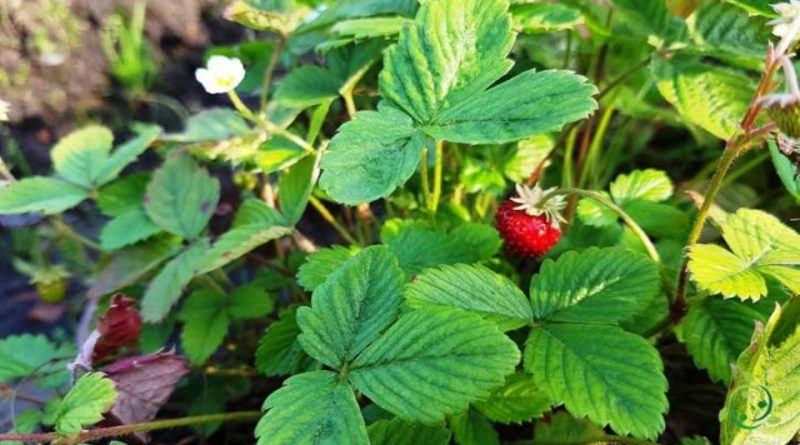How the Strawberry propagates
How the Strawberry propagates
The wild strawberry (Fragaria vesca L., 1753) is a herbaceous species belonging to the rosaceae family.
The wild strawberry is distinguished from the hybrid cultivated varieties of Fragaria by the fact that the fruit is small and soft.
Strawberries commonly grown today are hybrids resulting from the cross between European and American varieties.
The term strawberry also means the fruit (or false fruit) of this genus of plants.
Furthermore, the different varieties of strawberries can be classified into:
– uniform or short-day or non-repeat flowering: they differentiate flowers with a light period of less than 12 hours and with a sufficient thermoperiod. The differentiation of the flowers takes place from September until the first frosts occur and the fruit ripens in spring over about 4 weeks. some uniferous varieties may occasionally become bifere, that is re-flowering;
– biferae or long-day or re-flowering: they differentiate the flowers with a light period of more than 14 hours and produce from spring to autumn. They have never had a good diffusion on an industrial level, but are used almost exclusively at the family level due to their slow reproduction: they multiply by division of the stock and very little by stolons;
– day neutral or photo-indifferent: they differentiate flower buds with any lighting conditions, as long as the thermoperiod is respected.
Multiplication –
The strawberry is a plant that multiplies by means of stolons; the stolons are lateral jets, about 30 cm long, which crawling on the ground emit roots giving life to new seedlings. The runners should be left to rest for about a month, until they have taken root, and then cut off from the mother plant.
The most suitable propagation period is when the strawberry seedlings are well established, between July and August; in this period the stolons must be detached from the mother plant and implanted in a soft soil at a greater depth.
To allow the stolons to root, the most proximal portions of the mother plant are inserted under one centimeter of earth in a container or pot, holding it firmly with a weight or a stone. The end, on the other hand, must be left free in order to give balance to the new plant.
To do this it is advisable to get a pot with a diameter of about 30 cm and fill it with the right mixture of soil to place it next to the mother plant.
When the new strawberry plant has taken root, the stolon can be cut off from the mother plant with a pair of sharp and sterilized shears, before the rooting point.
During the rooting phase, the soil must be kept humid with abundant watering, thus encouraging the growth of the strawberry roots; however, avoid any stagnation which could cause the new rootlets to rot. In addition, a black plastic sheet should be placed on the surface of the new strawberry pot so that moisture can be retained and, at the same time, prevent the growth of weeds.
If you prefer not to put the plastic, it is necessary to intensify the wetting and manually eradicate the various weeds.
In reference to the optimal soil for the preparation of new pots, it is necessary to obtain soil with a pH between 5.5 and 6.5. The substrate is preferable to be sandy and rich in organic matter. If you are able to get home compost this is your best bet to get the mixture.
It is important, as mentioned, that an impeccable drainage is guaranteed to avoid the risk of water stagnation.
For the plant cultivation technique, please refer also to the following sheet.

